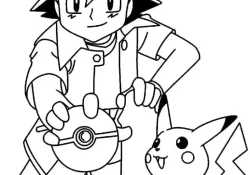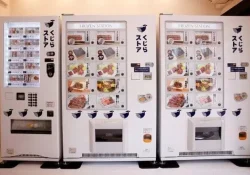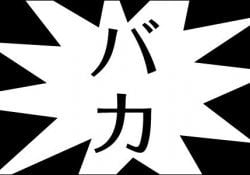Wagyu or Kobe beef is a special and delicious meat from cattle wagyu, created in the province of Hyogo. Considered a premium meat and one of the most expensive in the world. In this article, we are going to talk about this delicious Japanese meat.
The word wagyu [和牛] literally means "Japanese cow", where "wow" means "Japanese" and "gyu" means "cow". Wagyu is one of the tastiest and most expensive meats in the world, fetching over US$ 1,000 a kilo.
This meat, known as "kobe beef” a reference to the Japanese city of Kobe, In Brazil this meat can be found for around 200 to 2000 reais per kilo, its cost can be much higher depending on the quality and type of meat.
Índice de Conteúdo
What is the difference between wagyu beef and regular beef?
Wagyu in addition to being a meat known for being soft and tasty to the point of melting in your mouth, it is also rich in Omega-3 and Omega-6 unlike common meats. Therefore, eating Wagyu is a tasty and healthy option.
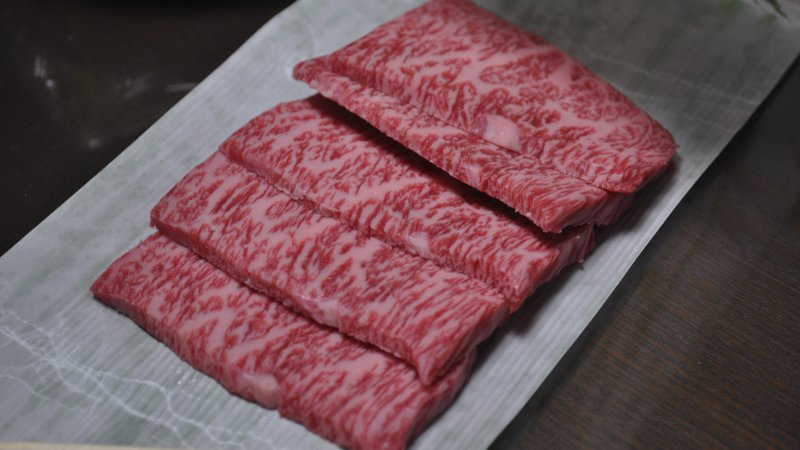
Wagyu beef stands out for its honeyed texture, a large amount of intramuscular fat, which is responsible for its extraordinary aroma and taste. The quality of the meat is guaranteed by the labels on each piece.
They come with a code that shows the animal's origin, date of birth, farm information, slaughter date and quality. This quality is given through a rigorous evaluation based on marbling (sashi), color and luster of the meat, in addition to fat, firmness and, finally, texture.
What are Japanese wagyu beef cows like?
Although wagyu refers to Japanese cows, only 4 types of cows from Japan are considered wagyu. Among them we have the black (Japanese Black), short horn (Japanese Shorthorn), brown (Japanese Brown) and mocha (Japanese Polled).
In total there are about 6 pure cow breeds of Japanese origin. The Black Japanese is one of the most popular wagyu breeds in Japan, filling 90% of wagyu beef.
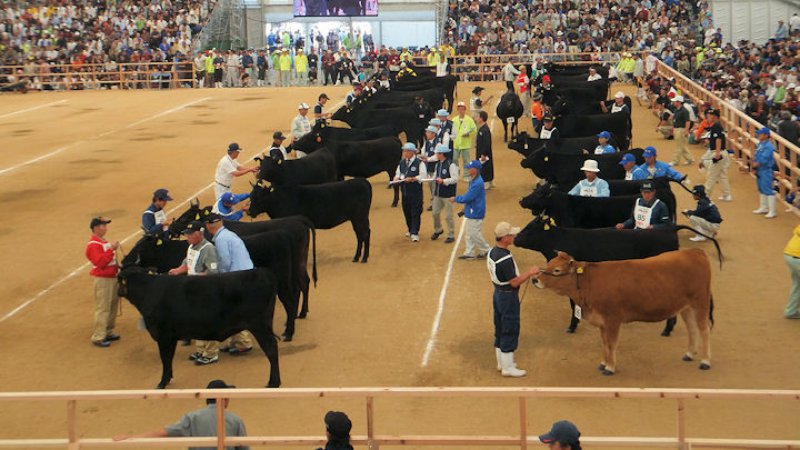
Wagyu vacancies are handled in the best possible way. In the old days they used to enjoy massages, beer and sake as a part of their diet, although this practice is not as common these days.
Some of the Japanese oxen shelters have heated floors and even play classical music. Unfortunately, information and research about beef improving with massage and beer has been classified as myth and misunderstanding.
The Japanese believed that massage can help to add more fat to the meat and thus improve the marbling rating. Beer, on the other hand, would help in the digestion of food, increasing the use of food in the body of the ox.
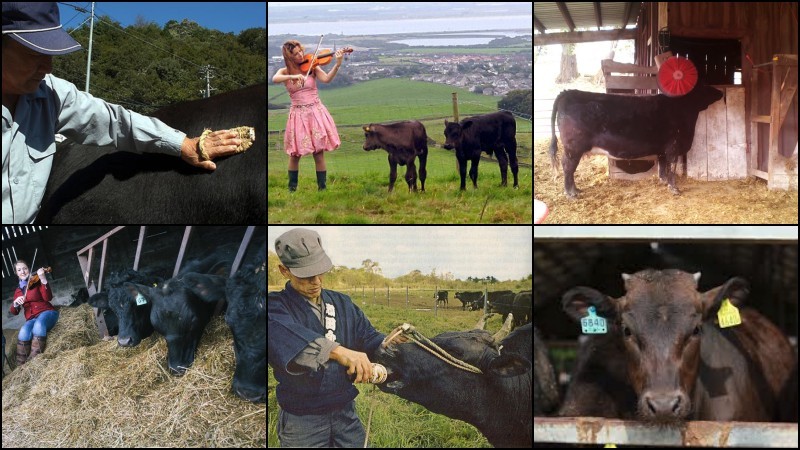
While in Brazil the breeds of cattle end up crossing each other and creating mixed meats. Japanese cows are kept pure without cross-breeding, thus keeping the meat with a unique quality.
The History of WAGYU BEEF and KOBE BEEF
Cattle were introduced to Japan in the 2nd century CE as working animals and used in rice cultivation. The mountainous topography of Japan's islands has resulted in small, isolated breeding regions, cultivating herds that have developed and maintained qualities in their meat that differ significantly from other cattle breeds.
Wagyu is not so well known in Brazil, despite being in the country for over 20 years. “It's still a little explored palate and very restricted to those who can afford it”, says Belarmino Iglesias, chairman of the board of directors of the Rubaiyat group, which brings together farms and restaurants.
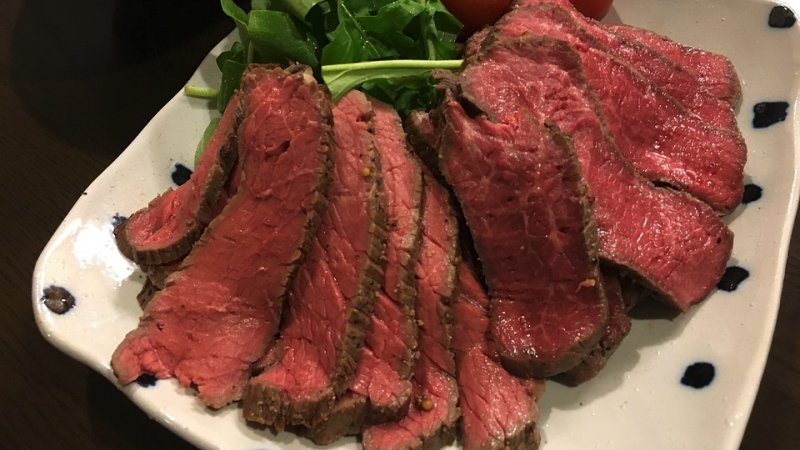
Uenishi says there are differences between wagyu beef from Brazil and Japan. “The meat there is sweeter, it melts more in the mouth than here and its color is lighter than ours”, he says.
The article is still halfway through, but we recommend also reading:
Matsusaka, omi and yonezawa - other wagyu meats
In this article we mentioned wagyu beef being produced in Kobe, but there are also other wagyu beef being produced in other regions of Japan. We have Matsusaka beef, Yonezawa beef, Mishima cattle and Omi beef.
Matsusaka's meat It is high in fat and produced in Matsusaka City in the Mie region. About 2500 cows are slaughtered per year, where just 100 grams costs 5000 yen (110 USD).
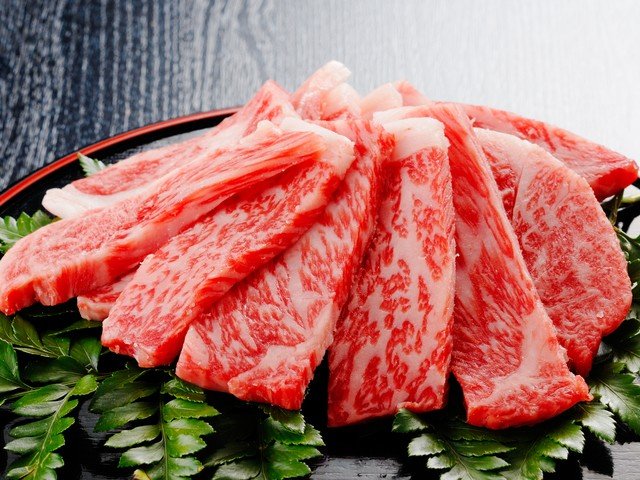
Yonezawa is another one of the 3 most famous types of wagyu meat in Japan. Its origin is from the city of Yonezawa in the province of Yamagata. Another very popular meat, known as the oldest Japanese meat, is located in the province of Shiga in the city of Omi and takes your name.
Mishima cattle literally means Mishima Cattle. It is a rare and endangered breed of cattle, located only on the island of Mishima and is one of the 6 breeds of cattle native to Japan. Its meat is very rare and expensive, being one of the most valuable in Japan.
videos about wagyu
Have you ever had wagyu beef?
And have you tried this wagyu meat delight? If you go to Japan be sure to try it! Or if you can afford a restaurant here in Brazil, it's really worth it.
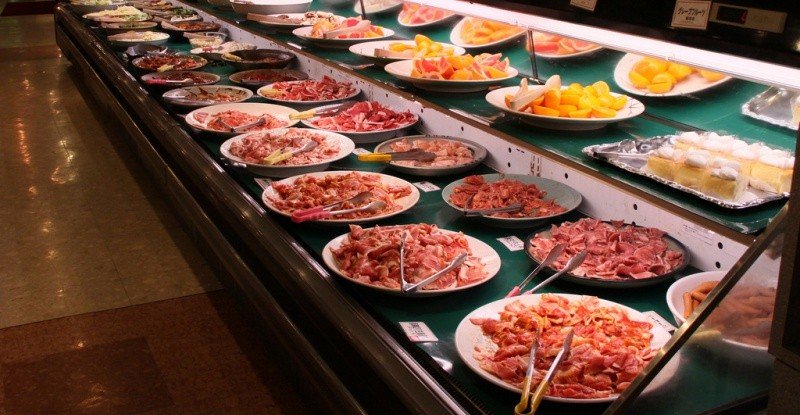
In each of these provinces you can find different types of premium meat in restaurants of yakiniku or shabu shabu. So you have the chance to try this delicious Japanese meat, without spending too much.
Of course, we are not sure of the origin of the meat without the certificate or without being from a reputable store. Japanese meat itself is quite different from western meat, much tastier, especially in Japanese barbecue.
I hope you enjoyed this article that talks all about wagyu meat and its derivatives. If you liked it, don't forget to share and leave your comments. Thank you and see you next time!

